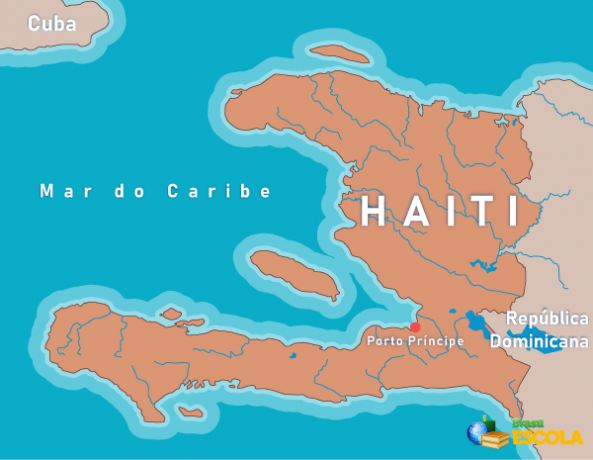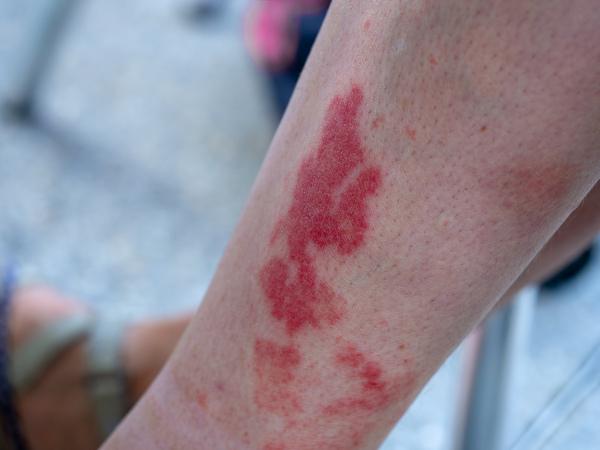To the indigenous legends are a fundamental part of Brazilian folklore, as well as one of the many contributions that indigenous culture has bequeathed to Brazil. As part of folklore, these narratives are understood as cultural and popular manifestations that were passed down from generation to generation through orality. Some of the main indigenous legends are as follows:
legend of the curupira;
legend of the iara;
legend of the pink dolphin;
cassava legend;
boitatá legend;
legend of the pirarucu;
guarana legend;
caipora legend;
legend of the water lily;
legend of the saci-pererê;
legend of Matinta Pereira;
legend of the uirapuru;
Read too: What are the main legends and main characters of Brazilian folklore?
Topics of this article
- 1 - Summary of indigenous legends
- 2 - Indigenous legends in Brazilian folklore
Summary about indigenous legends
Indigenous legends are an important part of Brazilian folklore.
They were transmitted from generation to generation orally (storytelling).
Many of them have undergone modifications due to contact with African and European cultures in Brazil.
The main ones are that of the curupira; that of the iara; that of the pink dolphin; cassava; that of boitatá; that of the pirarucu; that of guarana; that of caipora; the water lily; that of the saci-pererê; that of Matinta Perera; and that of the uirapuru.
Do not stop now... There's more after the publicity ;)
Indigenous legends in Brazilian folklore
Brazilian folklore brings together the set of popular and traditional cultural manifestations existing in our country's culture. In this field, the contribution of indigenous culture is evident in several areas, such as cuisine, crafts, dance and music. Still in this sense, one of the best known and popularly highlighted contributions are the indigenous legends.
They bring mythical characters that make part of indigenous culture and which are present in a series of storiespopular that circulate from generation to generation via orality. These legends are part of indigenous culture and are myths that seek to give origin and explanation to certain phenomena.
They were transmitted and became a fundamental part of Brazil's folklore collection.. It is important to mention that, even though they are considered indigenous, some of them may have reached the present day modified by African or European cultural influences. Let's look at some of the most popular legends.
→ legend of curupira

The curupira is a mythical being who is often described as short in stature, also having red eyes and backwards feet, as his heels would be facing forward. He is also described with red hair and green teeth, as well as great physical strength.
In legend, the curupira is a protector of the forest that chasesIt is those who destroy itoem. There are reports that indicate a great fear among the indigenous people regarding the curupira because it terrorizes and kills its enemies. To escape the fury of the curupira, many natives offer him tobacco and cachaça. To learn more about the legend of the curupira, click here.
→ legend of iara
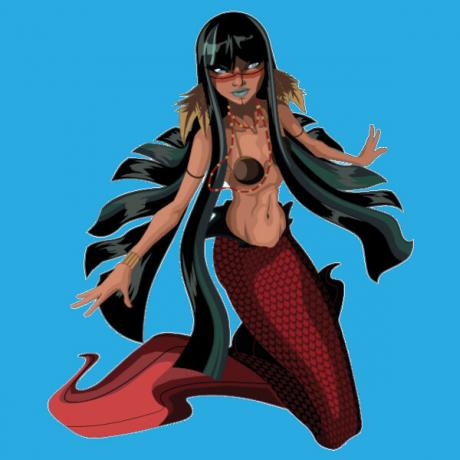
Also called the mother of water, the iara is a mythical figure in the form of a mermaid, that is, a being that is part woman and part fish. She lives at the bottom of a large river and is marked by her great beauty, beautiful voice and her riches. She uses these qualities to seduce any man who sails the river she resides on.
When the iara seduces a man, she takes him to her household, at the bottom of the river, and he doesn't é seen again. In legend, she is the daughter of a shaman who was thrown into the river by her own father, being saved by the fish and transformed into a mermaid. To learn more about the legend of the iara, click here.
→ Legend of the pink dolphin

The legend of the pink dolphin It is very traditional in the North region, a place with a strong presence of indigenous culture. It shows the pink river dolphin, an animal found in many rivers in the Amazon region, but which is known in legend to be able to take human form, transforming into a very tall looking man. beautiful.
When the boto turns into a man, he leaves the river and goes to parties in the riverside communities to seduce any woman he finds.. Other characteristics of this being are his involvement through conversation and his charm.
In the legend, he is described wearing white clothes and shoes, so he goes through the party seducing a woman to sleep with him. Upon completing its objective, the boto returns to the river and no longer appears. The seduced woman becomes pregnant and bears a child without a father. To learn more about the legend of the pink dolphin, click here.
→ cassava legend

Cassava is one of the most important foods in indigenous cuisine, and there are different legends that show the origin of this important plant. the version most popular take care of daughter of a shaman what she suddenly appeared pregnant.
When questioned by her father, she said that no one had impregnated her. The shaman believed his daughter only after receiving confirmation in a dream that she was speaking the truth. Nine months later, a girl was born who was named Mani. With one year of life, Mani died suddenly and was buried inside the hollow where he lived.
According to the tradition of his people,your the grave was watered and a plant grew there until then unknown, cassava. Over time, the indigenous people learned to handle cassava, making it a fundamental part of their diet.
→ legend of boitatá
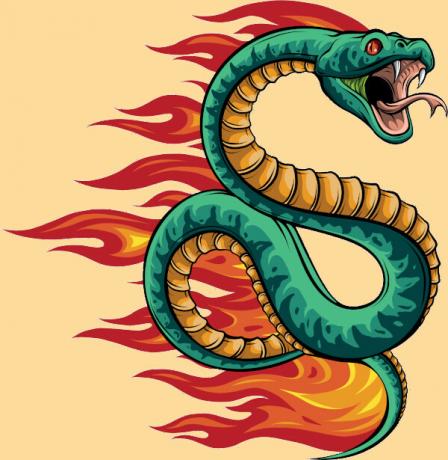
In legend, the boitatá it is a fire snake that protects the fields from those who try to burn the bush in a criminal way. Furthermore, he is described as a being with many eyes, and from those eyes flames come out. The eyes were obtained from the men devoured by the boitatá. This legend was present among the indigenous people in the 16th century. To learn more about the legend of boitatá, click here.
→ legend of the pirarucu

In legend, pirarucu is presented as a great warrior, son of the head of an indigenous tribe. However, hehe hadone bad heart, selfish and constantly criticizing the gods, it's yours behavior caused him to be punished by Tupã.
Pirarucu would have been dragged by a torrent while hunting on the banks of a river, and this torrent, the result of a heavy rain, would have been sent by Tupã. When dragged, arapaima was released Thethe bottom of the river and there it was transformed into a huge fish, the largest in the Amazon Basin.
→ legend of guarana

This legend tells the story of an indigenous man who was killed by being bitten by a venomous snake. According to history, the guarana would have arisen From the eyes of that indigenous after him have been buried. This fruit is known for its ability to give energy to those who consume it.
→ caipora legend

In legend, the caipora is a well-known folklore beingO for residing inside the forest and for protectinggeryou animals, acting against the hunters, bringing them bad luck and causing them fear. Some historians believe that this legend is a variation of that of the curupira. To learn more about the caipora legend, click here.
→ Legend of the Victoria Regia

The legend of the water lily tells of the indigenous Naiá, who was in love with the Moon (Jaci). She saw the moon's reflection in a pond, threw herself into the waters and drowned. Like this, when seeing the effort dand Naiá to reach her, the moon decided turn it into the lily pad, the star of the waters. To learn more about the legend of the water lily, click here.
→ Legend of Saci-Pererê
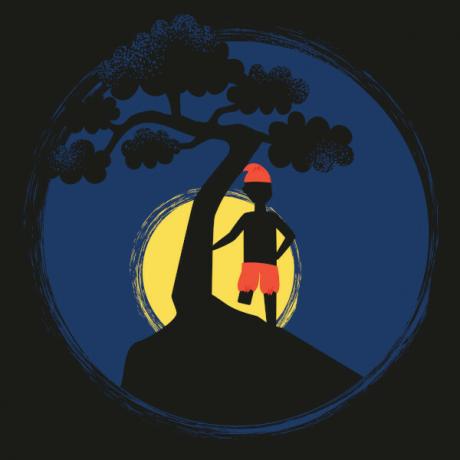
the saci-pererê is a being that resides in the forest, being known to play tricks on humans.. He is a small black boy with only one leg. He wears a red hat and outfit. One of his main characteristics is that he is a mocking spirit. To learn more about the legend of the Saci-Pererê, click here.
→ legend of mperera atinta

The Legend of Matina Perera speaks of an old witch/sorcerer who goes out at night in the form of a bird, whistling near people's homes and disturbing their sleep. To drive her away, you need to promise her something, like tobacco. The next day, a woman appears to collect the tobacco, and if the promise is not fulfilled, a curse is cast.
→ legend of the uirapuru
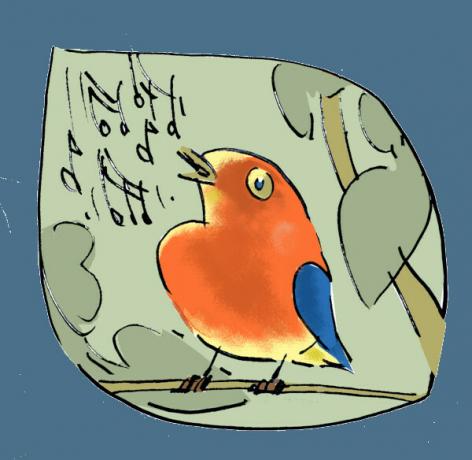
This legend tells of a young indigenous man who was in love with the wife of the shaman of his tribe. Desolate for not being able to have his love reciprocated, the youth was transformed in uirapuru by Tupa, acquiring a beautiful corner. Due to this, he so could be close to your beloved, enchanting her with his beautiful song.
Sources
BENJAMIN, Robert. concept of folklore. Available in: https://www.unicamp.br/folclore/Material/extra_conceito.pdf.
CAMARA CASCUDO, Luís da. Brazilian folklore dictionary. São Paulo: Ediouro, s/d.
CAMARA CASCUDO, Luís da. Geography of Brazilian myths. Sao Paulo: Global, 2012.
CNF. Letter from Brazilian Folklore. Anais VIII Brazilian Congress of Folklore, Salvador, 1995. Available in: https://www.gov.br/iphan/pt-br/unidades-especiais/centro-nacional-de-folclore-e-cultura-popular/CartadoFolcloreBrasileiro1995.pdf.
Click to learn more about the commemorative date of Folklore Day. Understand the meaning of the date and its creation context.
Click here, find out why Saci Day is celebrated on October 31st and find out what this celebration represents.
Access and discover this important legend of Brazilian folklore. See details about the origin of the legend of the pink dolphin.
Learn more about the caipora, a traditional character in Brazilian folklore. Understand the role she plays and learn about different versions of her legend.
Learn more about Cuca, one of the most traditional legends of Brazilian folklore. Understand how this being is represented.
Click to learn more about the legend of the curupira. See about the origin of this legend and what was the meaning of the name of this being from Brazilian folklore.
The origins, contribution and changes of this field of cultural studies.
Access and learn more about Brazilian folklore. See the studies produced in the area and meet characters and manifestations of our folklore.
Click here and learn details about the legends and characters of Brazilian folklore, elements that are part of the traditional culture of our country.
Learn more about Saci-pererê, a very important character in Brazilian folklore. Meet the legend, know its origin and see who popularized its story!


